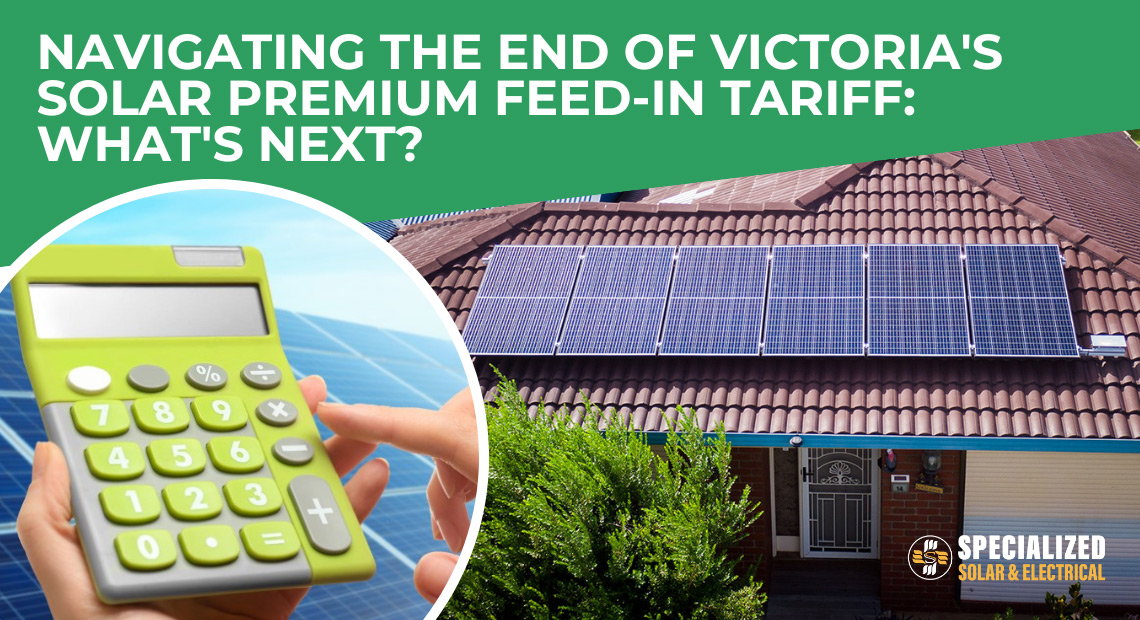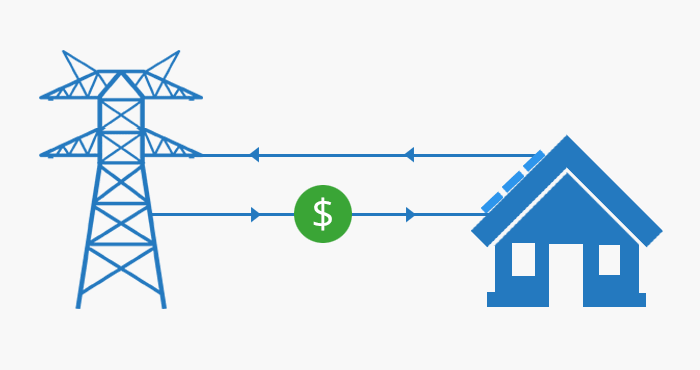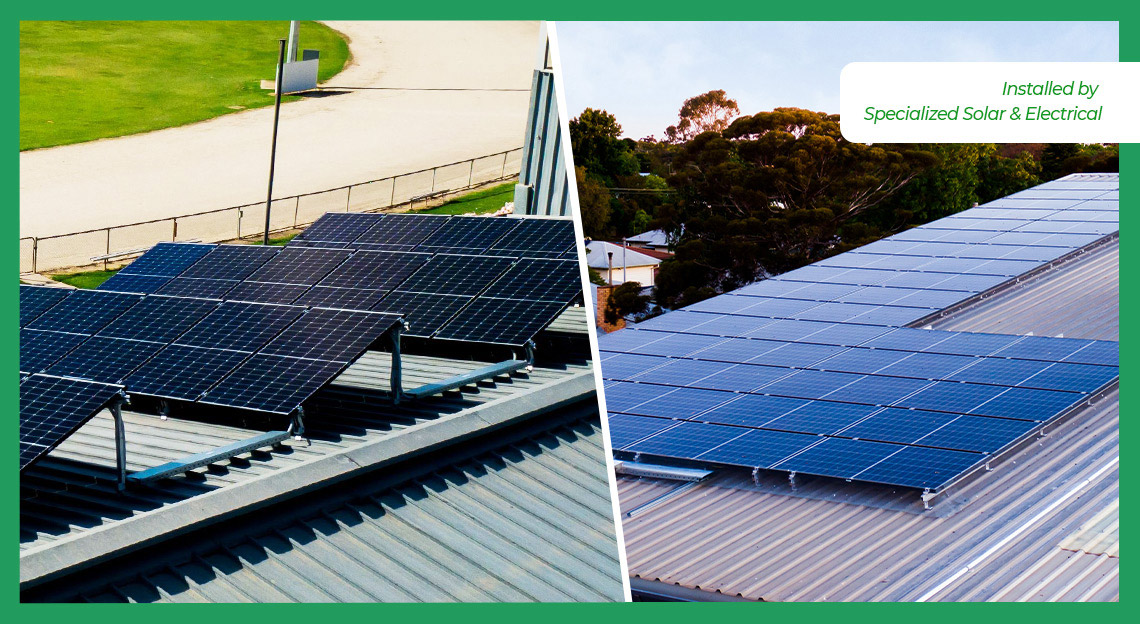Harnessing solar energy is not just an eco-friendly way to address our power needs, but it can also be a profitable venture, thanks to initiatives like the Solar Premium Feed-In Tariff in Victoria. This program, which was launched in late 2009 and closed to new participants at the end of 2011, has provided substantial benefits to those who were able to join.
A Look Back at the Premium Solar Feed-in Tariff
The Premium Solar Feed-in Tariff was rolled out on 1 November 2009 to offer additional support for individuals installing rooftop solar power. It was closed to new participants in late 2011. A minimum of 60 cents per kilowatt hour was credited for any surplus electricity fed back into the state electricity grid.
The Core of the Solar Premium Feed-In Tariff
The Solar Premium Feed-In Tariff program offered eligible households, businesses, and community organisations with small-scale solar systems of five kilowatts or less a credit of at least 60 cents per kilowatt hour for surplus electricity fed back into the grid. This has benefited over 88,000 Victorian households, small businesses, and community groups.
Understanding Tariff Calculation
The PFIT program is a net metered scheme. This implies that a household’s total electricity consumption is offset against the total electricity produced by its solar panels. This is calculated every half hour, with the premium tariff paid for every surplus kilowatt of energy fed back into the grid. To accurately measure a household’s net electricity generation, your electricity company will most likely move you to peak and off-peak pricing for your electricity. Check with your retailer to see what changes you can expect to see on your bills, especially if you have any dedicated off-peak loads.
What’s Next After 1 November 2024?
The program is set to conclude in 2024, and after this, retailers are no longer required to pass on these credits. Signed-up eligible customers will receive the premium solar feed-in tariff until 1 November 2024, provided they do not add extra solar panels to their system.
Switching Electricity Companies
One of the advantages of this program is that you can switch electricity companies or contracts and continue to receive the PFIT once you have established your eligibility. However, it’s important to check if there are any exit fees under your existing contract before making a switch.
Considering Additional Solar Panels
If you’re considering adding extra solar panels to increase your generating capacity, be aware that doing so will make you ineligible to continue receiving the premium rate. This rule is in place to ensure the cost of the program for all Victorians does not increase.
Replacing Damaged Panels
If your existing panels are damaged due to a storm or fire, you can replace them without losing the PFIT. However, you need to ensure that the replacement panels do not exceed the original generating capacity of your system.
Moving House
The PFIT is linked to the property where the solar panels are installed. This means that if you move house, you cannot take the PFIT with you. However, any house which is signed up to the premium scheme will remain eligible until 2024, even if the house is sold and new residents move in.
Adding Battery Storage
Solar customers that install small-scale batteries as part of their current PV system will continue to be eligible to receive feed-in tariffs for the electricity generated and exported by their system to their retailer. This means that you can install a battery and still receive the PFIT as long as you maintain your eligibility requirements as outlined in your contract.
In conclusion
The Solar Premium Feed-In Tariff is a fantastic initiative that has helped many Victorians maximise their solar energy systems. As we approach the end of the program, it’s important to understand the terms and conditions to ensure you continue to benefits from your solar system
Next steps
If you’re a Victorian resident and you’re interested in solar power, now is a great time to explore your options. While the Solar Premium Feed-In Tariff program is no longer open to new participants, there are other incentives available.
Moreover, if you’re currently benefiting from the Solar Premium Feed-In Tariff, remember that the scheme is set to ends on the 1st November 2024. Now is the perfect time to start considering your next steps to ensure you continue to maximise the benefits of your solar power system.
Contact us today to find out how you can continue to benefit from solar power beyond the PFIT scheme. Our team of experts is ready to provide advice tailored to your specific circumstances and needs.
References
For more information about the Solar Premium Feed-In Tariff, visit the official Victorian government’s energy department website.














